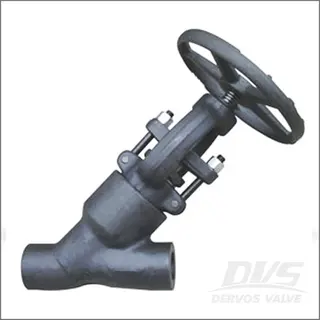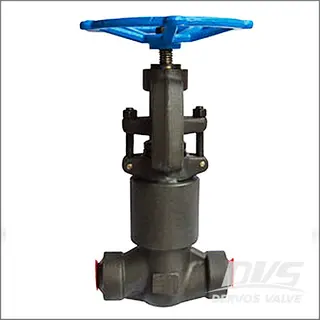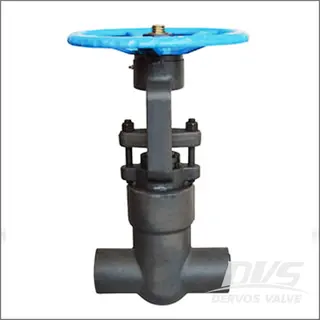Pressure Seal Valve
Pressure seal construction is designed explicitly for valves operating in high-pressure environments, typically exceeding 170 bar. This innovative design is particularly advantageous because the sealing efficiency of the body-bonnet joint improves as the internal pressure within the valve increases. This stands in stark contrast to traditional valve constructions, where rising internal pressure often leads to leaks at the body-bonnet joint. The pressure seal bonnet ensures a tighter and more reliable seal under extreme conditions, making it an ideal choice for high-pressure applications.
Forged pressure seal valves are engineered to meet the demands of high-pressure services, offering superior performance and durability. The unique design of these valves ensures that the body-bonnet joint becomes more secure as pressure rises, eliminating the risk of leaks and enhancing operational safety. This feature is particularly critical in industries where maintaining a leak-proof system is essential, such as power generation, oil and gas, and chemical processing.
Pressure seal valves are available in various material grades to suit various operating conditions and temperatures. Common materials include A105 forged and Gr.WCB cast for general applications, alloy F22 forged and Gr.WC9 cast for higher strength, and F11 forged and Gr.WC6 cast for enhanced durability. For corrosive environments, austenitic stainless steels such as F316 forged and Gr.CF8M cast are used, while high-temperature applications above 500°C utilize F316H forged and suitable austenitic cast grades. This versatility in material selection ensures that pressure seal valves can handle extreme pressures, temperatures, and corrosive media, making them a reliable solution for critical high-pressure systems. Their robust construction and advanced sealing mechanism make them indispensable in industries where safety, efficiency, and performance are paramount.



